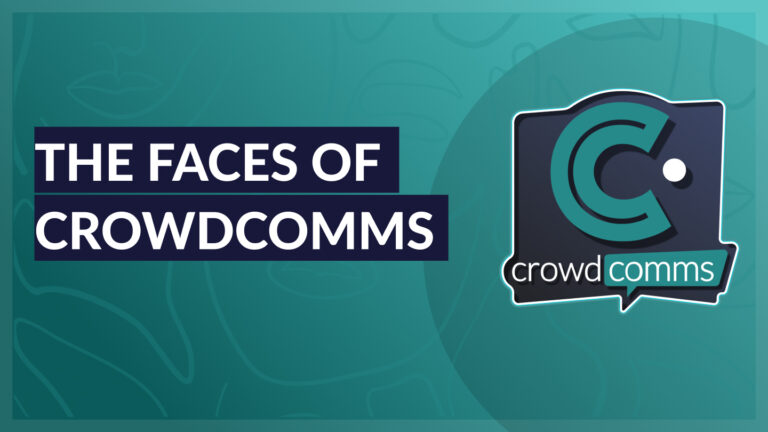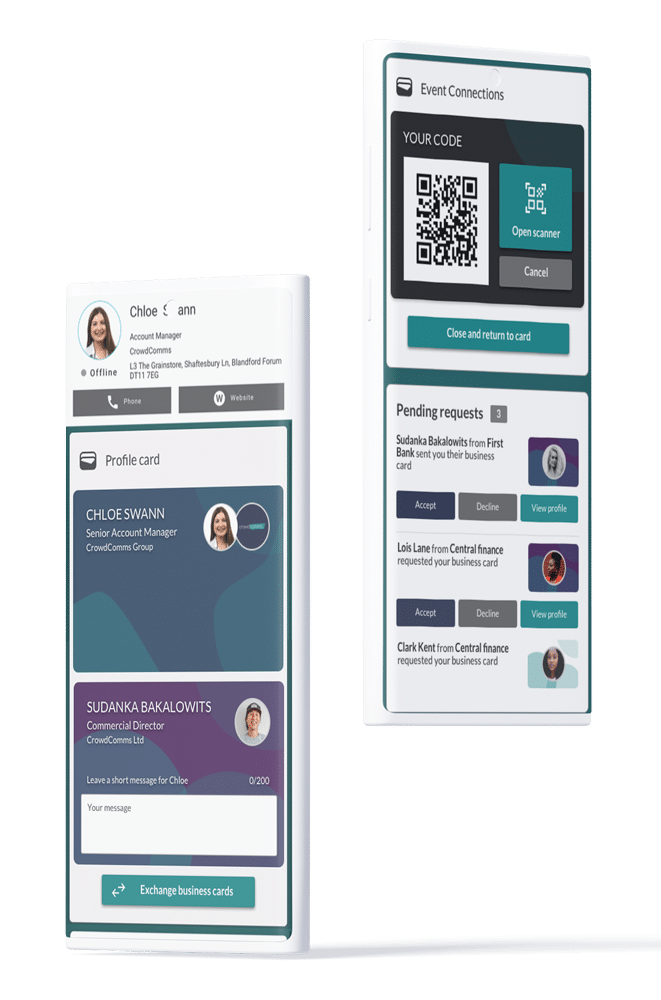Many of us are determined to help reduce our individual and collective ecological footprint.
Sustainable events have an important role to play in minimising environmental harm. However, what does that mean in reality for event planners? Are great eco-credentials a must-have, or merely nice-to-have? Will planning a sustainable event stretch the budget to breaking point? Or will it deliver cost savings and a hearty ROI?
What’s the Demand for Sustainable Events?
Let’s start with what attendees and sponsors want.
In short, green events are really important to them. In fact, over 60% of attendees state their preference for events with sustainable practices. And, if attendees are actively choosing to support eco-friendly events, it makes sense that sponsors will follow suit.
Green is Good
While attendees and sponsors may want greener events, what are the cost implications for planners? The good news is that going green isn’t only a great ethical move, it can generate real cost savings for event organisers.
Minimising printing, food and beverage waste, switching to venues with sustainable energy sources and recycling items (such as lanyards) are all ways to reduce overheads AND an event’s eco-footprint.
Sustainable events meet consumer demand, can deliver cost savings and most importantly, minimise environmental impact.
To help you make your next event a sustainable one, we’ve put together an eco-friendly checklist:
The Green Event Checklist
1. Can you go fully Virtual or take a Hybrid approach?
A fully virtual event is the ultimate choice for planners who want a planet-friendly event. Delivered 100% online, virtual events eliminate almost all travel, printing and catering food waste. Planners can reduce costs and at the same time reach a wider audience with the potential for unlimited ticket sales.
A hybrid event is a good alternative if a face-to-face element is critical to the event’s success. Featuring a mix of virtual and in-person experiences, the hybrid event enables organisers to reduce the event’s eco-footprint by including virtual access to the event.
You can then adopt a series of sustainable measures for the in-person element.

2. Choose a sustainable event venue
These venues will have a range of measures in place to reduce their environmental impact, such as: a reduction in carbon emissions, using natural light and ventilation, having great public transport access, solar energy, and policies to minimise food and beverage waste.
3. Choose digital information
Event apps, like CrowdComms’ end-to-end platform, support paper-free event communication and information. Personalised agendas, networking, lead generation, documents and interactive maps all remove the need for printed materials.
Digital notice boards are an effective alternative to plastic signage. Reusable for many events, digital notice boards are also more dynamic and attention-grabbing than traditional printed banners and boards.
4. Recycle, Reuse, Upcycle
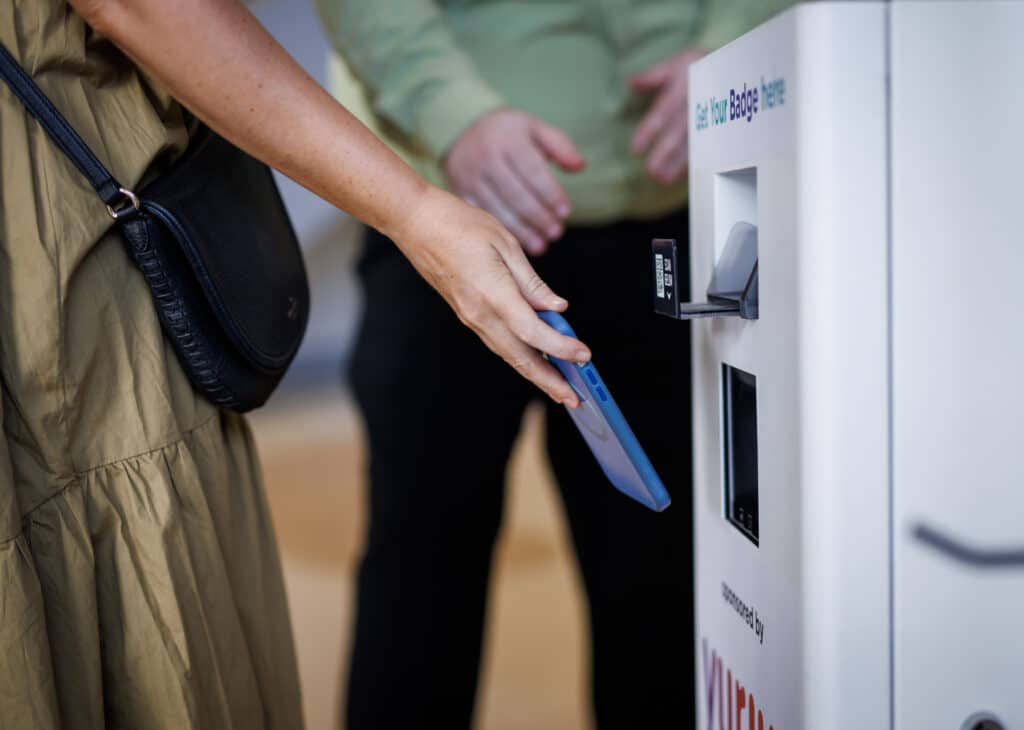
While physical items are unavoidable at an in-person event, (coffee is somewhat tricky to drink without a cup!) look to use recycled, upcycled and recyclable materials where possible.
Did you know a plastic water bottle can take at least 450 years to break down? While it might seem impossible to have a 100% plastic-free event, there are now some great alternatives for items traditionally made from plastic.
CrowdComms’ event badges are now available in eco-friendly reinforced recyclable paper. The paper gives the long-lasting durability of traditional pouches, minus the plastic.
Lanyards, too, are available in a range of sustainable materials such as recycled PET and bamboo fibre. The new materials have the same great print quality as their plastic counterparts but are much kinder to the environment.
For items that can be reused at a later event, keep bins by the event exit so attendees can return their badges and lanyards.
5. Opt for sustainable suppliers
Work with event suppliers to ensure their service aligns with your eco-objectives. Coffee carts that use recycled cups or support attendees who bring their own, retailers who use biodegradable packing, and caterers who use locally sourced produce are just some ways suppliers demonstrate great green credentials.
Even large, printed items such as banners and event signage can be sustainable. Ask your printers about what options they may have. Honeycomb cardboard, wood, aluminium and bamboo are all effective alternatives to plastics made from synthetic polymers.
Implementing a ‘no idle policy’ ensures delivery vehicle engines are always turned off when the driver is either sitting waiting for a period of time or away from their vehicle.
6. Make waste disposal easy
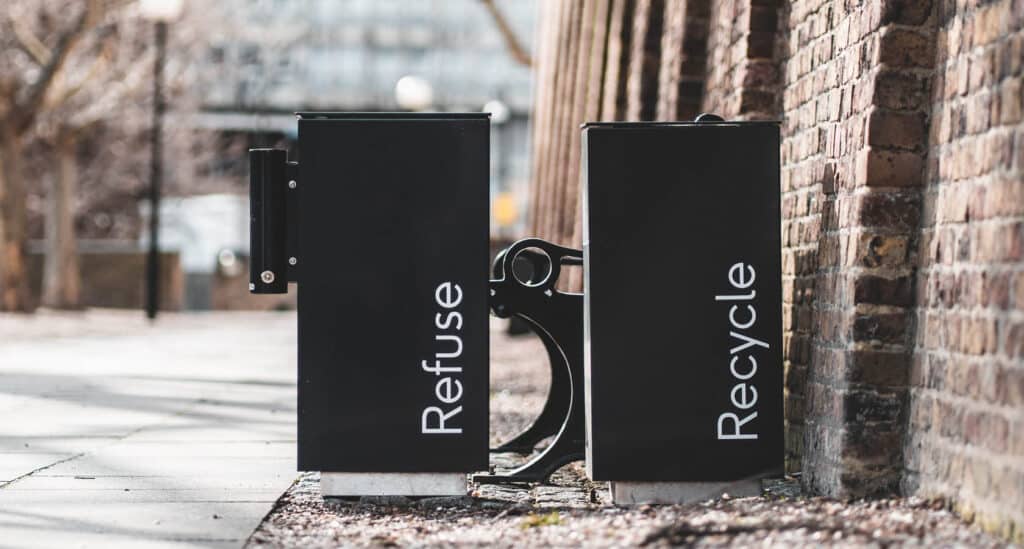
At a busy event venue, most attendees will want to dispose of their waste correctly, but they may not have time to roam the venue looking for the recycling bins.
Encourage sustainable waste disposal by having multiple clearly marked, designated bins for recycling, general and even green waste.
7. Offer green food and drink options
Work with the venue’s catering team to develop a menu that promotes sustainability and reduces waste.
Industrial meat production (particularly beef) is responsible for significant environmental damage. Producing 1kg of wheat, emits 2.5kg of greenhouse gases, while a single kilo of beef, results in 70kg of emissions.
Aim for a menu with a smaller percentage of meat-based dishes and a larger number of plant-based dishes.
Avoid over-catering (and therefore waste) by carefully estimating the amount of food required. Experienced caterers will be able to help you accurately determine food requirements based on attendee type, event activities and dietary requirements. Asking your attendees to specify their food choices ahead of time will also help with planning.
If there is food left over at the end, have a plan to work with organisations such as OzHarvest and FareShare who distribute good quality surplus food to people in need.
For beverages, have water stations available throughout the venue and encourage attendees to bring their own water bottles to refill when needed.
Finally, try and opt for reusable food and beverage service wares, or vegetable-based compostable plates, cups and cutlery.
8. Source local where you can
Whether it’s food, signage, or tech services, try and use local suppliers to reduce transport and support your local event community.
9. Make the event accessible via public transport
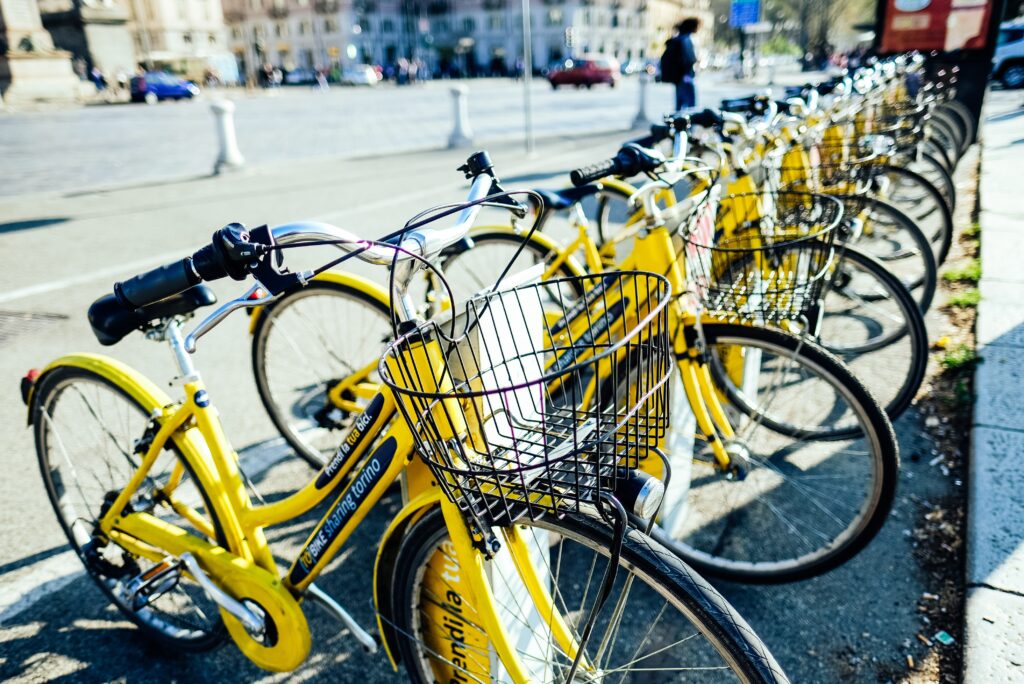
Reducing the number of single-car journeys not only minimises environmental damage caused by pollution and fossil fuel use, but it will also reduce congestion and make the journey to the event venue far less stressful!
Choose a venue with great access to a range of public transport options and, if possible, bicycle racks and lock-up points. Let your attendees know what transport options are available to them and provide a map with cycle routes and walking paths.
If car use is unavoidable for some attendees, promote car-pooling and offer incentives, such as discounted parking for car-poolers. If your event app offers pre-event access, set up a carpool chat channel where attendees can connect and arrange to share vehicles, which could potentially open up a great networking opportunity, too.
10. Shout about your sustainable event!
Promote your sustainable event philosophy and goals to your attendees, stakeholders, sponsors, and suppliers.
Tell people what you’re doing to make the event as Earth-friendly as possible and let them know what they can do to help, e.g. bring reusable coffee cups and water bottles, use public transport, and recycle waste.
In your post-event wrap up, highlight your sustainability successes. For example, maybe the event reduced single-car travel by 25% or kept food waste to under 5% of total catering. Tangible data will help event guests see the immediate benefits of supporting sustainable events in the future.
In Summary
Creating a sustainable event needn’t be time-consuming or costly. Working with eco-friendly suppliers, switching to different materials, adopting sustainable practices and asking attendees to help not only boosts the event’s green credentials, but it can also deliver cost savings and increase ticket sales.


